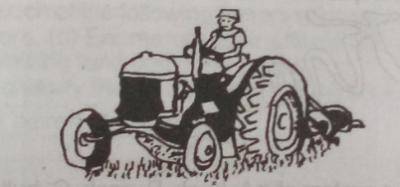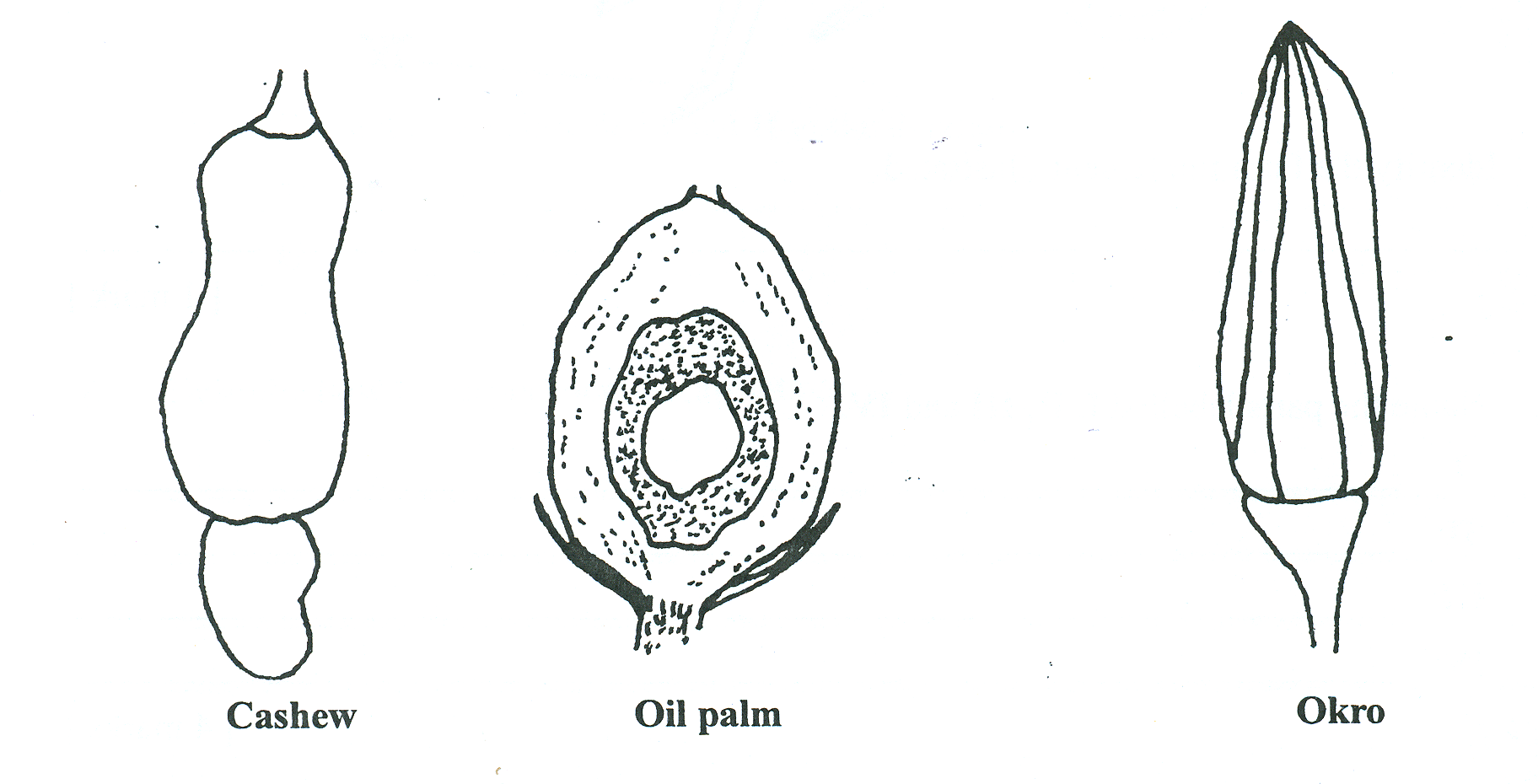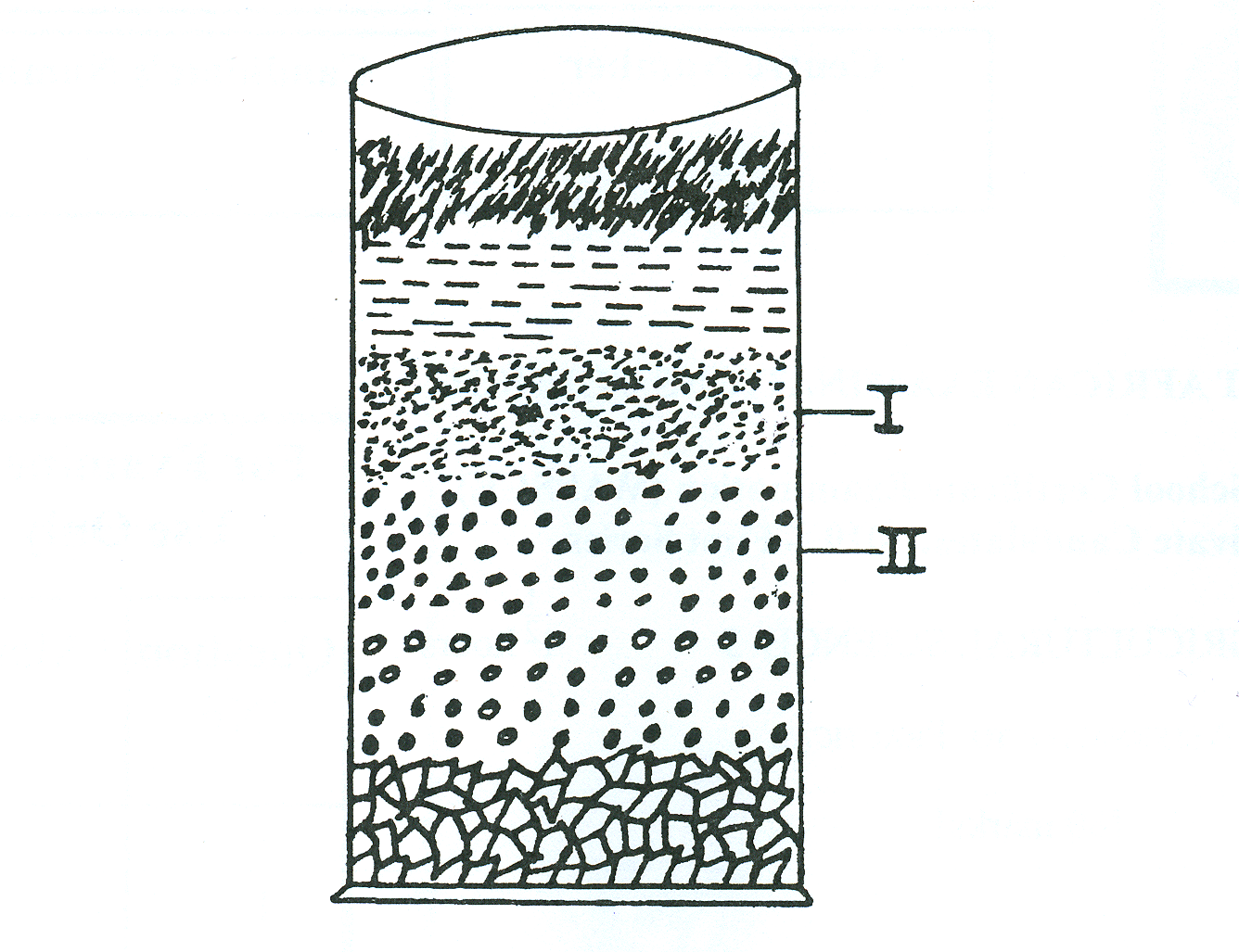Which of the following groups of organisms are parasites plants?
- A. nematode, fungus and bacterium
- B. Striga, nematode and dodder
- C. Dodder, fungus and striga
- D. Mistletoe, fungus and bacterium
A biotic factor affecting agricultural production is?
- A. rainfall
- B. predator
- C. humidity
- D. temperature
A socio-cultural factor affecting land availability is?
- A. soil type
- B. religion
- C. topography
- D. mining
Which of the following statement about land is not correct?
- A. its supply is limited
- B. it is used for agricultural production
- C. it is subject for depreciation
- D. it can be relocated
The practice of measuring and mapping out the size, position and boundary of a farmland is called farm?
- A. layout
- B. business
- C. surveying
- D. tillage
Calculate in hectares the area of a rectangular farmland with dimensions 50m by 25m?
- A. 125ha
- B. 12.5ha
- C. 1.25ha
- D. 0.125ha
A disadvantage of farm mechanization?
- A. efficiency in farming
- B. displacement of farm workers
- C. reduction in health hazards
- D. timeliness of farm operations

Study and answer this question below
A periodic maintenance activity carried out on the illustrated farm machinery is?
- A. checking the radiator water
- B. checking for tyre pressure
- C. changing engine oil
- D. cleaning after use
Which of the following implements is used for primary tillage?
- A. ridger
- B. cultivator
- C. plough
- D. harrow
An advantage of communal land tenure system is that it?
- A. encourages use of land for permanent projects by individuals
- B. makes land cheap to acquire
- C. leads to fragmentation
- D. does not promote farm mechanization
Which of the following problems are associated with agricultural marketing in West Africa? I.seasonality of produce II.Transportation of produce III.Access to credit
- A. I and II only
- B. I and III only
- C. II and III only
- D. I, ll and III
Which of the following statements best describes commercial farming?
- A. production of plants and animals for family consumption
- B. large scale agricultural production for sale
- C. large scale agricultural production for family consumption
- D. use of family labour for large scale agricultural production
The diagrams below illustrate parasites of farm animals
Study them and answer the questions that follow.
a) Identify the parasites labelled I and II.
b) Mention three external features of the parasite labelled I.
c) Name the part of the body of the host where the parasite labelled II is found.
(i) State four adaptive features of the parasite labelled II on its host.
(ii) List two intermediate hosts of the parasite labelled II.
d) State three effects of the parasite labelled I on its host.
e) State three effects of the parasite labelled I on its host.
The diagrams below illustrate three different crops.
Study them and answer the questions that follow.
a) State the method of propagating each crop.
b) List three varieties of oil palm.
c) Mention three diseases of okro..
d) State three pre-planting operations that are generally carried out when cultivating okro.
e) List three uses of cashew.
Study the farm implement illustrated below and answer the questions that follow.
a) Identify the farm implement illustrated.
(ii)Name the parts labelled I and II III IV in the diagram.
b) State one function of each of the parts labelled I, II, III and IV.
c) Mention the farm operation for which the illustrated implement is used.
d) List two farm tools that can perform similar functions as the illustrated implement.
e) State three ways of maintaining the illustrated implement.
The diagram below illustrates an experimental set-up on soil. Study it and answer the questions that follow.
a) (i) State the aim of the experiment.
(ii)Name the parts labelled I and II in the diagram.
b) Describe how the experiment is carried out.
c) State four properties of sandy soils.
d) Describe a test for soil acidity using litmus paper.
(a) A farmer purchased a tractor in the year 2000 for D 12, 000.00. In 2009, the tractor was
sold for D 3,000.00 as it was no longer economical to keep. Calculate the:
(i) useful life of the tractor;
(ii) salvage value of the tractor;
(iii) total depreciation of the tractor;
(iv) annual depreciation of the tractor.
(b) Describe the following terms as used in agricultural economics:
(i) demand schedule;
(ii) supply curve.
(c) List four agricultural extension agencies in West Africa.
(d) State four ways through which soils are enriched with nitrogen.
a) Explain each of the following terms as used in animal production:
(i) flushing;
(ii) castration;
(iii) culling.
(b) Mention two advantages of each of the terms in 5 (a).
(i) Flushing;
(ii) Castration;
(iii) Culling.
(c) Give two uses of each of the following survey equipment:
(i) prismatic compass;
(ii) measuring tape.
(d) Differentiate between the terms floriculture and aquaculture.
(a) Distinguish between spacing and thinning in crop production.
(b) Discuss the cultivation of oil palm under the following headings:
(i) botanical name;
(ii) two varieties;
(iii) method of propagation;
(iv) soil requirement;
(v) spacing on the field;
(vi) Diseases.
(c) Enumerate six ways in which forest resources are important to the economy of West Africa.
(d) What is apiculture?
(a) Using the table below, classify the following crops based on their life cycle.
|
Crop |
Classification based on life cycle |
|
Mango |
|
|
Rice |
|
|
Groundnut |
|
|
Cotton |
|
|
Pepper |
|
|
Soya bean |
|
|
Oil palm |
|
|
Yam |
|
|
Tomato |
|
|
Rubber |
|
|
Ginger |
|
|
Cocoa |
|
|
Cowpea |
|
|
Carrot |
|
(b) List four components of a typical soil with their percentage volume.
|
Soil component |
Percentage volume |
|
(i) |
|
|
(ii) |
|
|
(iii) |
|
|
(iv) |
|
(c) State three methods of applying inorganic fertilizers to the soil.
(a) Complete the table below.
|
Weed |
Botanical name |
Method of dispersal |
|
Goat weed |
|
|
|
Siam weed |
|
|
|
Water leaf |
|
|
(b) List three examples of each of the following factors affecting land availability for
agriculture:
(i) physical factors;
(ii) economic factors.
(c) Enumerate four effects of pollution on agricultural lands and ponds.
(d) State two ways of minimizing land and pond pollution.






